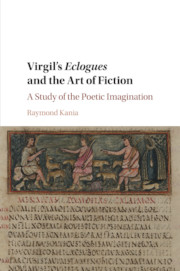Bibliography
Published online by Cambridge University Press: 05 March 2016
- Type
- Chapter
- Information
- Virgil's Eclogues and the Art of FictionA Study of the Poetic Imagination, pp. 162 - 172Publisher: Cambridge University PressPrint publication year: 2016



